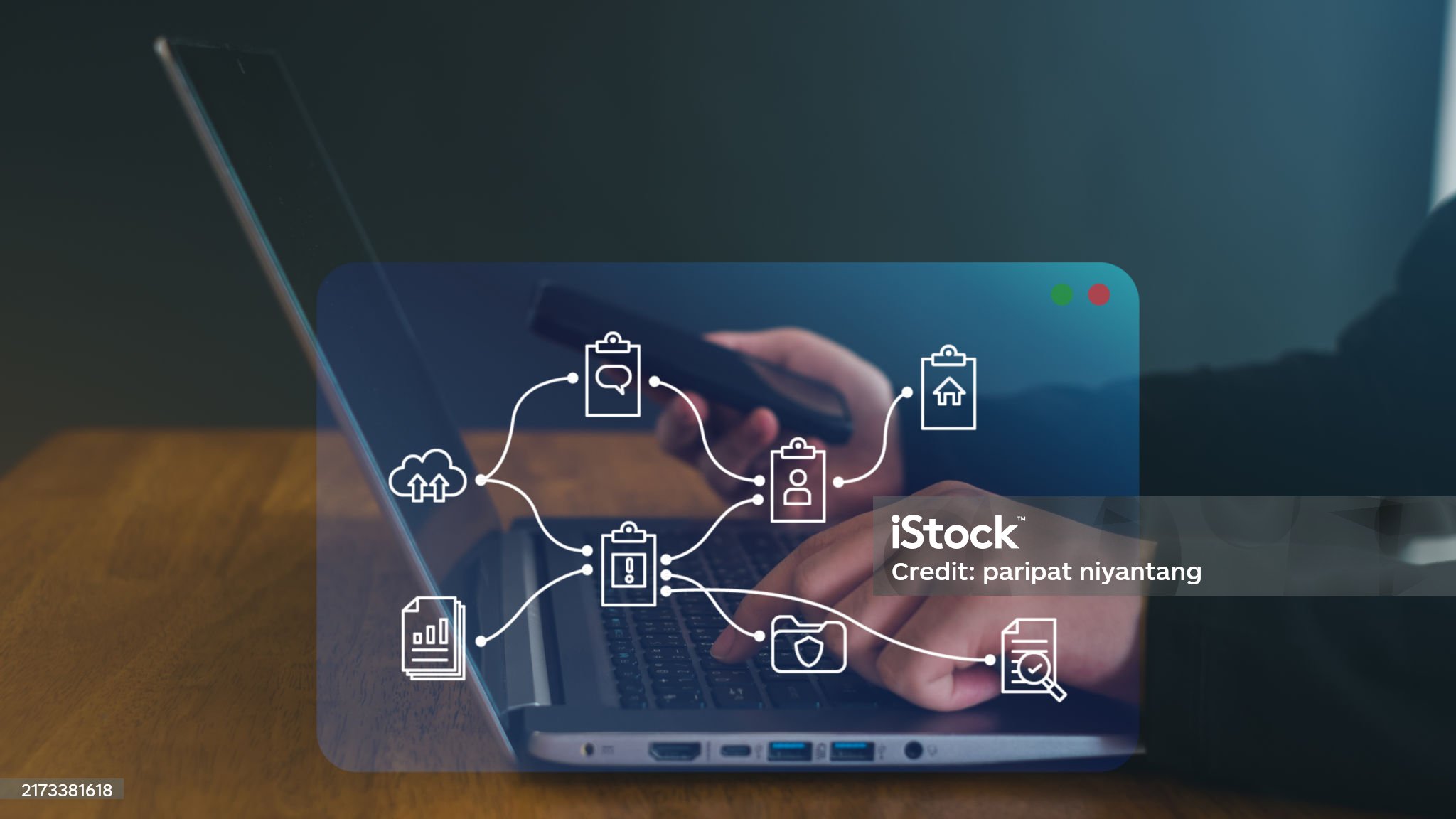The emergence of data as a central pillar of innovation is driving companies to adopt more agile and structured approaches to managing dataflows. One such approach is DataOps. Inspired by DevOps, DataOps aims to improve the quality, speed, and reliability of data by applying software engineering methods to data management processes. This article provides an introduction to the principles of DataOps, its key steps, and its impact on businesses.
“DataOps is the key to achieving agility in data management, enabling organizations to deliver trusted and actionable data at the speed of the cloud.”
What is DataOps?
The term DataOps (Data Operations) is a methodology inspired by DevOps, adapting its practices to the world of data. Its goal is to streamline the data journey, from collection to transformation to usage in analysis, while ensuring the quality of information. DataOps is a combination of technologies, processes, and collaborative practices that aim to:
- Improve agility: reduce the time between analytical needs and the availability of data.
- Automate processes: minimize manual interventions to avoid errors and optimize resources.
- Improve data quality: Ensure data quality and governance, providing reliable and well-documented information to analytics teams and decision-makers.
In the era of big data, DataOps has become a strategic lever to meet the growing demand for actionable data that can be quickly and accurately processed.
Key Principles of DataOps
DataOps is based on several key principles that guide each step of the data process. These principles are designed to maximize the flow, security, and responsiveness of data streams:
- Automation of data pipelines: A data pipeline is the set of steps that raw data goes through to become actionable information. In DataOps, every step of the pipeline (collection, cleaning, transformation) is automated, enabling the processing of larger volumes of data and improving responsiveness.
- Continuous Integration and Continuous Deployment (CI/CD): Inspired by DevOps, DataOps introduces CI/CD practices applied to data pipelines. This means that changes to data flows can be tested, validated, and deployed smoothly and continuously. For example, an update to a data source or transformation algorithm can be integrated into the pipeline securely and without interrupting end users.
- Data governance and quality: DataOps places a high priority on data quality, ensuring that data is not only reliable but also traceable. This includes setting up governance rules and automated checks to ensure that the collected information is complete, accurate, and consistent.
- Cross-team collaboration: DataOps encourages data engineers, data scientists, and business stakeholders to collaborate closely to understand end users' needs and adapt the data flow accordingly.
“DataOps applies to data analytics what DevOps did to application development: it removes barriers and friction to improve velocity and collaboration.”
Key Steps of a DataOps Pipeline
Managing a DataOps pipeline involves several key steps to ensure the smooth flow of data from collection to analysis.
- Data Collection and Ingestion: The first step is data collection, which can come from various sources: databases, sensors, business applications, etc. This ingestion step must be well-orchestrated to ensure data arrives at the right place at the right time.
- Data Cleaning and Transformation: Once collected, the data is cleaned to correct errors ( missing values, duplicates, etc.) and transformed according to the needs of the analysis. This step is crucial for ensuring that the final information is relevant and usable.
- Automation and Monitoring: The automated data pipeline is continuously monitored to ensure performance and reliability. If errors occur (such as flow disruptions or corrupted data), the system can trigger automatic alerts, minimizing the impact on end users.
- Storage and Access: The final step is storing the processed data in data warehouses or datalakes, where it can be analyzed by data teams. In DataOps, this step also includes documenting the data to ensure accessibility and traceability.
DataOps: A Competitive Advantage for Businesses
DataOps is more than just a methodology. It represents a paradigm shift in data management. By adopting DataOps, companies benefit from a fast, automated, and compliant data flow. This approach provides high responsiveness, reducing the time between the demand for information and the delivery of actionable data, which has become a major competitive advantage.
In a context where data-driven decisions are becoming increasingly important, DataOps helps companies remain agile and respond quickly to market changes. Cloud technologies like Google Cloud Platform (GCP) and automation solutions like Apache Airflow now provide robust technical support to integrate DataOps pipelines into business infrastructures, regardless of the industry.
Conclusion
In summary, DataOps is an innovative methodology that offers businesses a solution to navigate the vast ocean of data while remaining agile and competitive. By adopting principles of automation, governance, and cross-team collaboration, companies can not only improve data quality but also optimize its availability and accessibility.
The challenges of DataOps go beyond technical practices. They are also strategic. By applying DataOps principles, companies can make the most of their data and maximize their responsiveness to potential changes.
